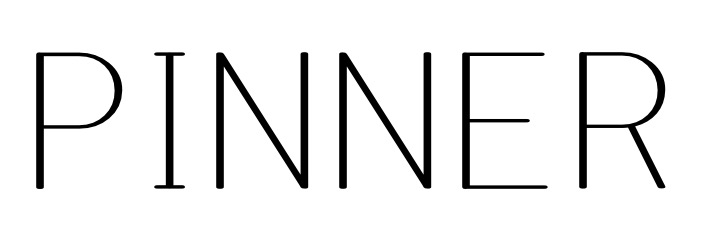The Form and Function of French Cuffs

One of our founders, David Hart, is a French cuff fan. You know the kind: a nice linen or cotton dress shirt, capped off at the sleeves by a stiff, folding bit of fabric that are linked shut by a fancy pair of cufflinks. It’s a timeless look. (Plus, he’s British, which means he has carte blanche to dress at least 75% better than the rest of us).
Anyway, this particular fashion preference meant that David was easy to buy for—or so we thought. What do you get a man who can never get enough cufflinks? More cufflinks!
Before long, however, we realized it was more easily said than done. As we found, and as David had warned, there are really only two types of links out there: ones that are made impeccably, but lack a real sense of originality; and ones that are goofy, tongue-in-cheek, and yes, filled with character, but lack real attention to quality.
For David (and if you know him, it makes sense), the answer was easy: start his own jewelry company, and make his own cufflinks, dammit. Come up with some captivating original styles, and build them with an attention to quality. Name it after the charming English hamlet where you grew up. Call it Pinner & Co. (We have sufficiently plugged ourselves, thank you. Moving on.)
All this to say: the French cuff is something very near and dear to our heart. But as David will tell you, there are rules to pulling off this particular garment.
Rule No. 1 – Own It
Honestly, this is the easiest one to get a grasp on. When to wear French cuffs? Whenever you feel like it. Some men have one or two in their wardrobe; others prefer nothing-but.
Rule No. 2 – Match It Up
This isn’t hard to do. Jeans and a blazer? Polished and casual. The final touch on a three-piece charcoal suit? You look like James Bond. Tweed and khakis? Only when you lecture at Cambridge.
And feel free to think outside the box. If you’re hanging out on a yacht in a pair of flip flops, make sure you rock it (refer to rule No. 1).
Rule No. 3 – Custom Made
This is true for dress shirts in general, but it applies especially for French cuffed shirts: get that shirt tailored to your body. We’re not saying that you need to phone up Gerald, your friendly neighborhood haberdasher, for an all-original custom job every time you need a new dress shirt: even if you’re buying straight off the rack, take it to a good tailor, and have him snip it and trim it until it fits like a glove.
On that note, if you find yourself in a south Asian metropolis, ask the concierge about a good local tailor. This professional will take your measurements, keep them on file, and when you find your supply running low back home, they’ll be standing by, ready to whip up a fresh batch of bespoke duds. Best part? It costs a whole lot less than you’d think to export this work, and the quality is every bit as good as you’ll find back home.
When you’re dealing in French cuffs, it’s one more direction to take note of. Have you ever bought a shirt off the shelf, only to find the cuffs are loose, and don’t fit your wrist correctly? One size fits all isn’t such a hot concept when it looks like you’re playing dress-up in your dad’s garb. A good tailor can fit a cuff to your wrist, and make you look polished.
Rule No. 4 – Link it up
That last item notwithstanding, cuffs bring the look together. But it’s imperative that, in building your collection, that your own personality gets shown on your wrist. Shop around. Find the manufacturers that sing to you. Let your friends and family know that a nice pair of cuffs is a lovely gift.
Then, we don’t know. Start your own jewelry company. It’s the next logical step.
Image courtesy Pinner & Co.

